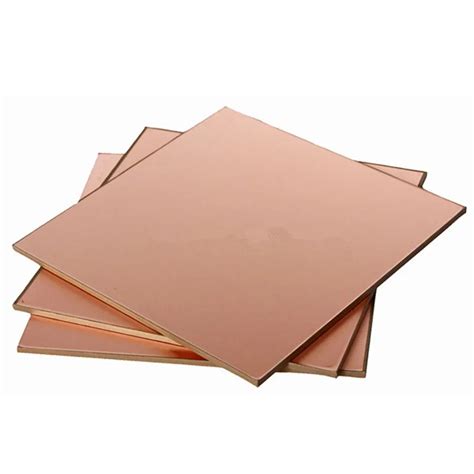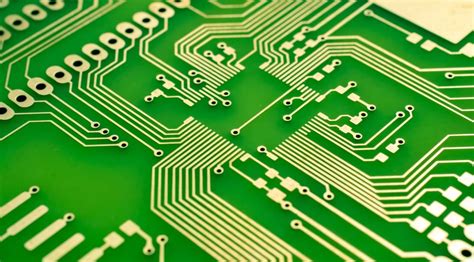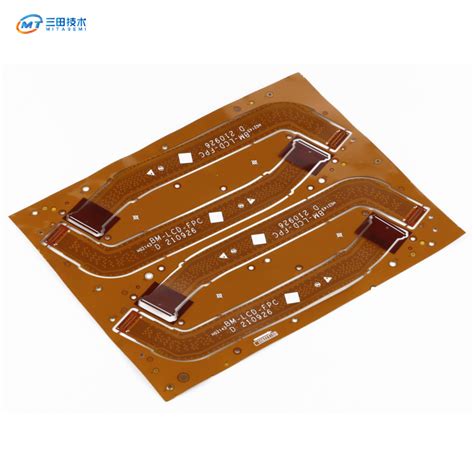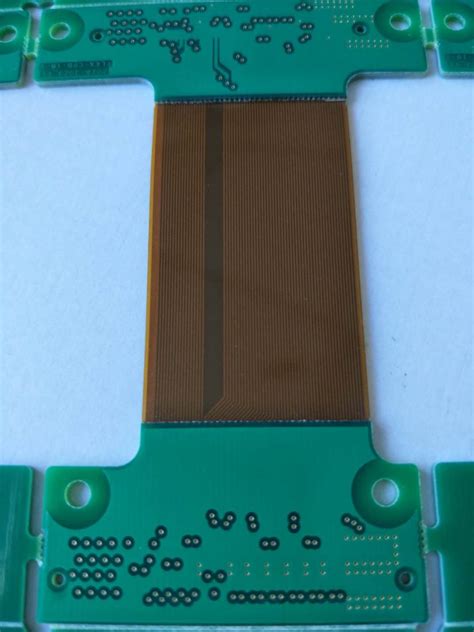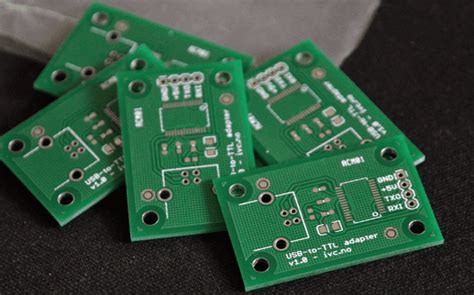Introduction to 4-layer Immersion Gold PCB
As an integral part of electronic circuits, the importance of printed circuit boards has greatly increased. There are various criteria to select them for a project. However, selection based on surface finish is gaining popularity. Surface finish is a coating that is done on the outermost layer of a PCB. The surface finish accomplishes two tasks – protecting the copper circuits and serving as a solderable surface during PCB assembly. There are two main types of surface finishes: organic and metallic. This post discusses a popular metal PCB surface finish – immersion gold PCB.

Understanding 4-layer Immersion Gold PCB
4-layer PCBs include 4 layers of FR4 substrate, 70 um gold, and 0.5 OZ to 7.0 OZ thick copper substrate. The minimum hole size is 0.25mm and the minimum track/pitch is 4Mil.
A thin layer of gold is plated over nickel and then onto copper. Nickel acts as a diffusion barrier between copper and gold and prevents them from mixing. Gold dissolves during soldering. Typical thicknesses for nickel are between 100-200 micro-inches and gold between 2-4 micro-inches.
Brief Introduction of Methods of Gold Plating on PCBs
The coating is deposited on the surface of FR4 material through a closely monitored chemical reaction. Moreover, the coating is applied after the solder resist is applied. However, in some cases, the coating is applied before soldering, but this is very rare. This type of plating is more expensive compared to other types of metal plating. Since the coating is done through a chemical method, it is called Chemical Nickel Immersion Gold (ENIG).
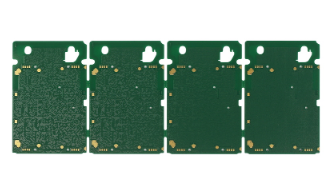
Uses of Four-layer ENIG PCBs
These PCBs are used for ball grid arrays (BGA) and surface mount devices (SMD). Gold is considered to be a good conductor of electricity. This is why many circuit assembly services prefer this type of surface treatment for high-density circuits.
Advantages of Immersion Gold Surface Treatment
The following advantages of immersion gold surface treatment make it popular in electrical assembly services.
l No frequent dummy plating is required.
l Reflow cycle is continuous.
l Provides excellent electrical testability
l Good adhesion
l Provides horizontal plating around circuits and pads.
l Immersion surface provides excellent flatness.
l Wire solderable.
l Follow tried and tested application methods.

